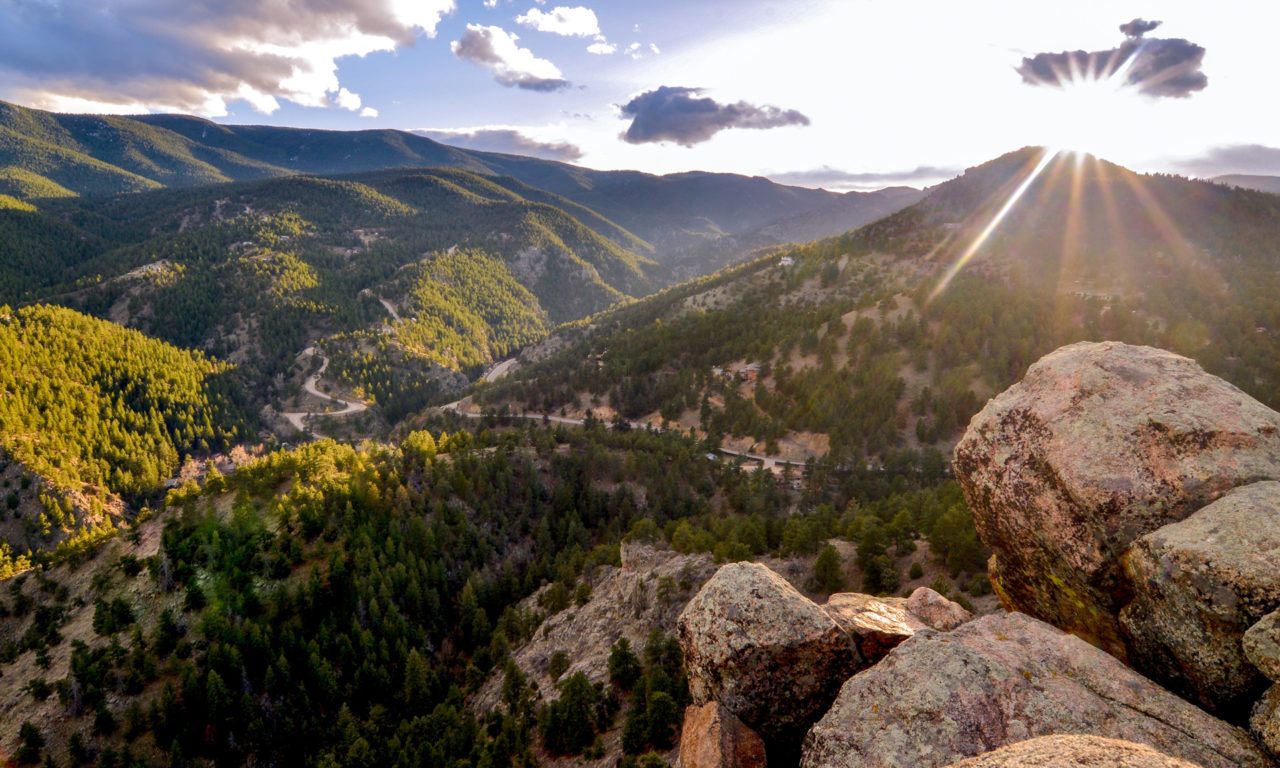For the past 45 years, Boulder County Parks & Open Space has been acquiring and managing open space properties and resources and providing a variety of programs and services to the public. To date, we have protected nearly 105,000 acres of land and water. As a result of these acquisitions and the support of the residents of Boulder County, we have constructed and maintained a wide variety of recreational facilities, developed an active agricultural program, protected and restored important habitat, safeguarded many cultural resources, offered numerous public education programs, and hosted a variety of volunteer and partnership opportunities.
In addition, the Boulder County Fairgrounds, CSU Extension, and Youth Corps are also integral parts of our department and the community. To keep this work all running, the department also has a number of staff who provide essential services and leadership in public engagement and information, business and administration, planning and design, GIS and technology, vehicle and equipment upkeep, and the overall management and stewardship of the organization.
Because of our success as a department, we know there is always a lot we can and, at times, must do, for the resources we steward, the programs we lead, and the services we provide to the public. With our dedicated and knowledgeable staff, supportive and engaged county residents, and a variety of funding sources, we have the ingredients to continue to accomplish extraordinary things for the land, water, species, and people we serve.
However, there are always limits to staff capacity and financial resources, and the department wants to ensure that we apply our limited resources effectively to lead us to our desired outcomes. In fact, any organization with the scope and size of Parks & Open Space would benefit from having clear direction of what it is trying to achieve, how it plans to achieve it, and a system in place to help prioritize its work to meet the greatest needs.
Therefore, starting in 2019, the department began to create an internal strategic plan to prioritize and make progress on the most vital projects, programs, and services. The strategic planning effort also sought to help staff find more and better ways to collaborate with each other and the community, improve overall operations, and get the “biggest bang for our buck” in all that we do.
The strategic plan process started with assessing the current state of affairs for each of our 25 work groups, including what is and isn’t working, and the strengths, weaknesses, opportunities, and constraints to our work. Then each work group identified the desired future condition and goals for the resources it stewards, programs it leads, and/or services it provides. By having a clearer picture of the current state of affairs and clarifying each work group’s desired future condition and goals, staff has been able to better strategize and prioritize what projects, programs, and service to work on.
In addition, at the department-level, we developed 13 operating principles, which provide staff with the overall values of the department, and four major themes that the whole department plans to focus on over the coming years.
The Four Strategic Themes
- Community: Continue to seek innovative ways to build support for, and trust in, the department; connect people with the land, water, and cultures of Boulder County; and inspire stewardship of our shared resources.
- Stewardship: Manage and maintain the properties, resources, and amenities that the county has invested in to keep them in good or better condition for current and future generations.
- Cultural Responsiveness and Inclusion: Ensure all programs, amenities, and services are welcoming, inclusive, and culturally responsive to all, particularly those in our community that have been traditionally underserved and marginalized.
- Resilience: Plan for, mitigate, and respond with agility to environmental, social, economic, and climate change.
To date, the strategic plan has created:
- A consistent process for work groups to identify and communicate what it is they are trying to achieve, how they plan to achieve it, and short-term objectives to set their work plans.
- More collaboration across the department, including the creation of four core groups (Land & Water, Public Amenities & Infrastructure, Community, and Organizational Stewardship) that bring together multiple work groups that are working together towards shared targets and projects.
- An opportunity to discover and create better ways of doing business as a department, such as necessary training and professional development, better communication and coordination, and finding ways to be more intentional and proactive in our work.
- Links between work group strategic plans and budget and staff requests.
It has taken a lot of time and effort for the department to develop its strategic plan, and we will continually assess and adjust our priorities and strategies as we continue to achieve great things for the resources we steward and the public we serve into the future.


